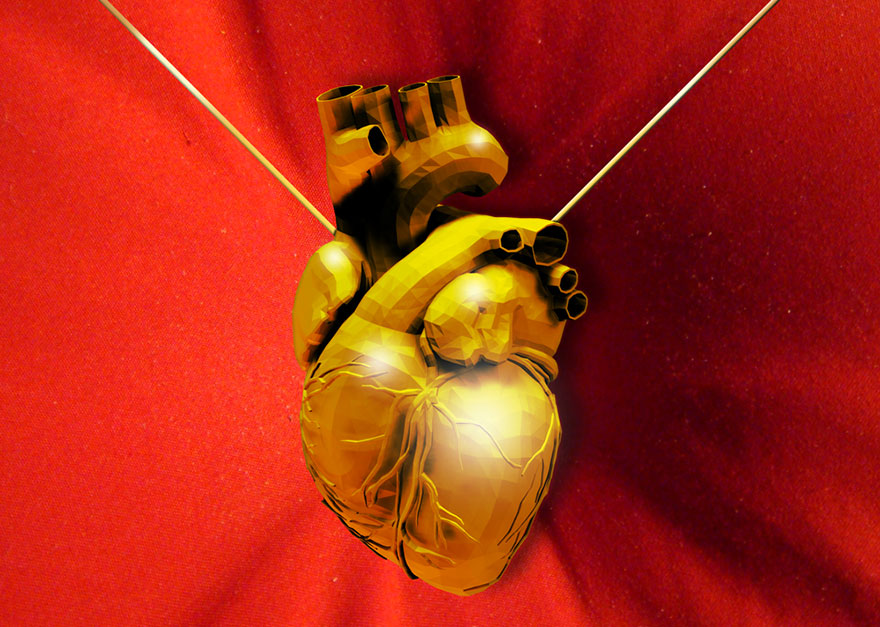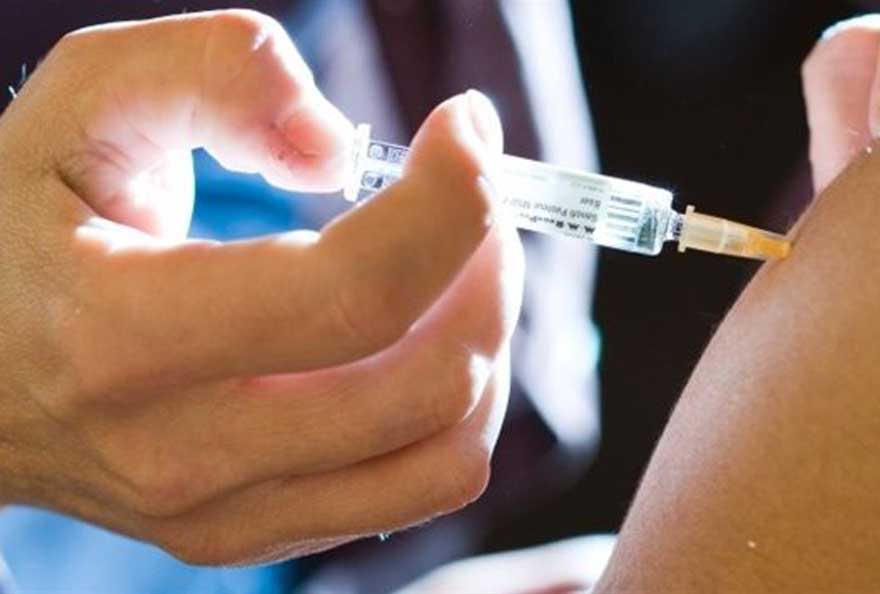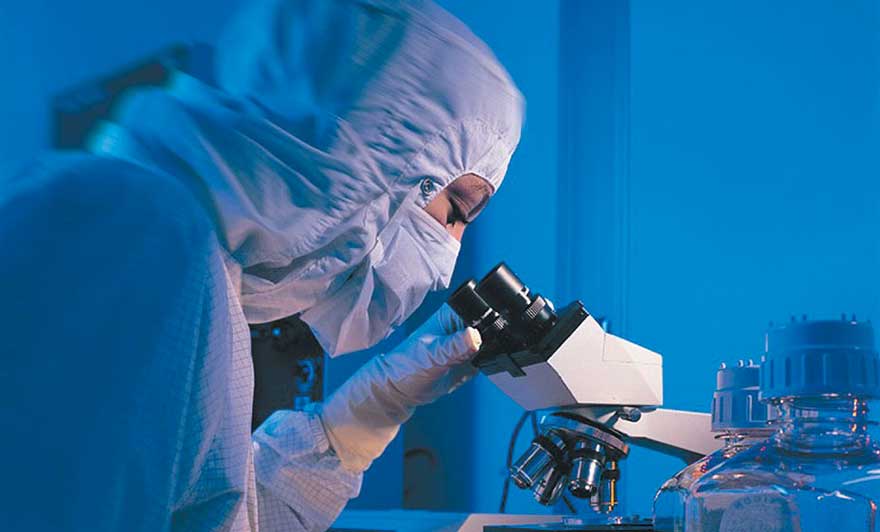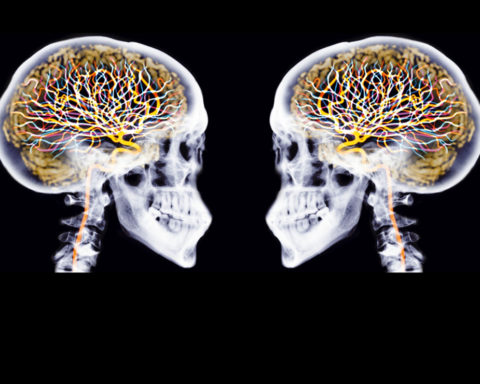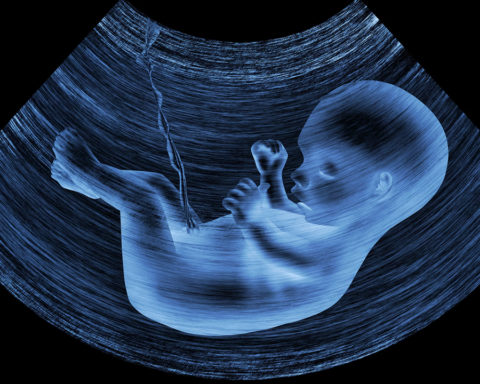This could be a revolution in cardiology. Researchers at Tel Aviv University's Department of Molecular Microbiology and Biotechnology have developed a remotely controllable organic patch to repair heart tissue damaged by heart attacks and other injuries. The new patch, which combines electronics and living tissue, is likely to make a giant leap forward in cardiac research and may in the near future provide an alternative to heart transplants.
Ahe "cyborg heart patch" from Tel Aviv University may soon provide a solution to the consequences of a heart attack. Unlike other cells in the body, heart cells do not replenish themselves. The scar that is created after a cardiac incident therefore persists, diminishing the heart's ability to function. Today, the only solution is transplantation, but waiting lists are long, and it is estimated that half of patients with serious heart disease die within five years.
Bionic tissue that's very sci-fi.
The work of Dr. Tal Dvir and Ron Feiner was published on March 14, 2016 in the journal Nature Materials. They describe their patch which has the particularity of combining organic and electronic components. Moreover, it has capacities that exceed those of human cardiac tissue: like it, it contracts and expands, but in addition, coupled with algorithmic systems, it regulates itself like an intelligent machine. Dr. Dvir says in the statement published by Tel Aviv University: " With this heart patch, we've integrated electronics and living tissue... ». He goes on to say " It sounds very science fiction, but it's a reality, and we think it will take cardiac research a big step forward. Until now, organic heart tissue has been able to be manufactured, with mixed results. Now we've produced viable bionic tissue that ensures the proper functioning of heart tissue... "
Dr. Dvir's Laboratory of Tissue Engineering and Regenerative Medicine at Tel Aviv University has been at the forefront of cardiology research for the past five years, working to develop functional substitutes for tissues permanently damaged by heart attacks and heart disease using sophisticated nano-technological tools developed in partnership with the Center for Nanoscience and Nanotechnology at the University of Israel.

To create this new bionic patch, researchers are manufacturing a biological structure that contains stem cells taken from the patient himself (so that the patch is well accepted by the body), gold nano-molecules that improve electrical stimulation, and electroactive polymers capable of delivering drugs on demand. The use of gold fibres, of nanometric thickness, according to the researchers, solves the problems of coordination of the simultaneous beating of the cells, and improves the conductivity of the tissues. The patch is created using 3D bioprinting techniques. One of the innovations of this research is the integration of electronic components that transform the patch into "cyber-tissue" with improved capabilities.
A connected heart
The new "cyborg heart patch" not only replaces organic tissue, but also ensures its proper functioning through a remote monitoring system. « First, we made sure that the cells in the patch were able to contract and expand like heart tissue, which is why we had to use organic materials. ", explains Dr. Dvir. « But it was just as important to be able to check what happens in this patch after it was applied, and to regulate its operation. ".
Composed of living cardiac cells, polymers and complex nanoelectronic systems, this electronic system provides valuable functionalities such as on-line detection and monitoring of cardiac contractions and the possibility of "pacing" when needed. In addition, the electronics can control the release of growth factors and drugs, to "activate" stem cells or to reduce inflammation after transplantation. « We wanted to be able to deliver drugs directly to the heart from the patch to improve its integration into the patient's body. " the doctors said.

Dr. Tal Dvir
After the patch has been transplanted by operation, the doctor can monitor and control its activity remotely by means of electronic pulses. Doctors explain that this bionic patch is a great tool for remote monitoring: "The bionic patch is a very effective tool for monitoring the activity of the patient. Imagine a patient experiences a cardiac event at home. His or her doctor will be able to log on, view data sent remotely from the tissue engineering sensors, accurately assess the patient's condition, and even regulate heart function. ». In other words, if it detects inflammation, the patch will deliver an anti-inflammatory drug. If it detects a lack of oxygen, it will release molecules that improve the formation of blood vessels etc.
What remains to be done is to "apply" the technology, which may take some time, confirm the authors, who are also working on applying their concept to the brain or spinal cord to treat neurological conditions.


